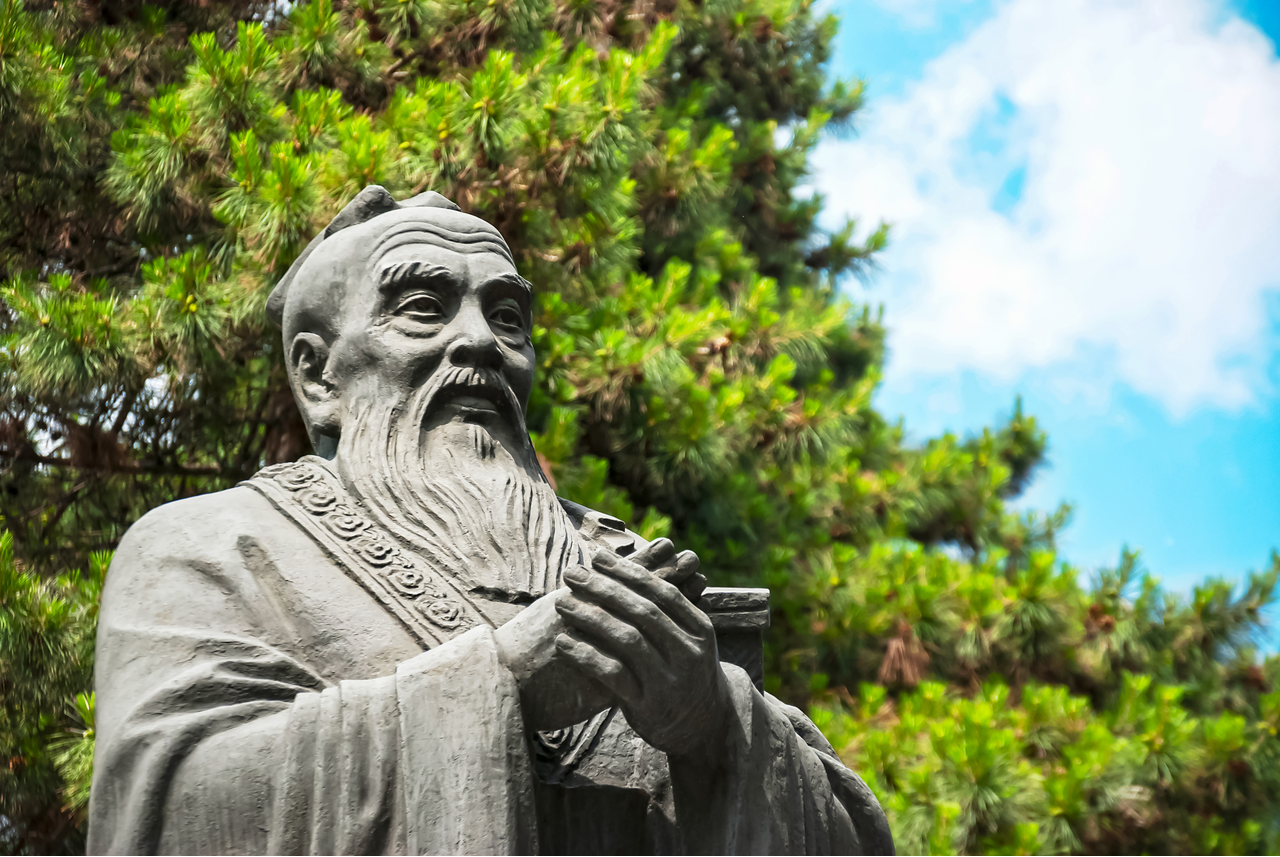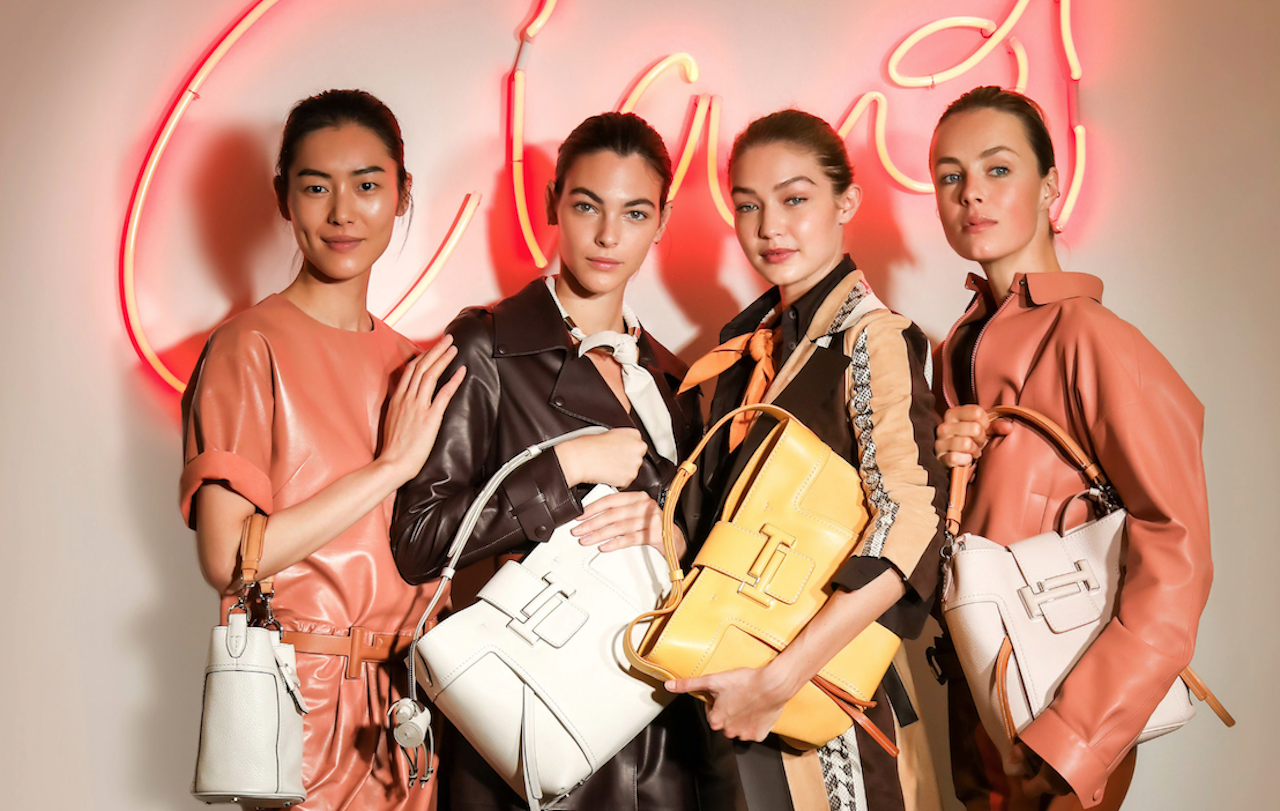Although China’s appetite for luxury brands is well documented, misconceptions and stereotypes involving the Chinese consumer are still being widely disseminated. Every so often, young Chinese shoppers are presented as “label-obsessed” buyers who are addicted to luxury shopping, but the reality is far more complex.
While Western-style consumerism interprets luxury consumption as a “way of life” in China, the love of luxury has a Confucian essence. According to Pierre Xiao Lu, the civil servants in ancient China had an appetite for the finer things: enjoying cultural activities and elevated hobbies that exalted their artisanal skills. Craftsmanship and artistry were widely associated with the upper class.
During the following centuries, China experienced various political and socio-economic changes via imperial dynasties, destructive wars, and eventually, Mao’s Communism. These periods left marks not only on the country but also on the consumer. The aspirations and necessities of one generation were not identical to the following one, but what remained within all ideas about luxury consumption was what we find in Confucianism.
The Confucian doctrine emphasis six virtues — xi (the virtue of learning and assimilating ethics), zhi (the virtue of character and knowledge), li (the virtue of community, fairness and politeness), yi (the virtue of morality and righteousness), wen (the virtue of self- development), and ren (the highest virtue and the equivalent of benevolence and charity). As mentioned, these values dictate not only personal interactions but also consumer behavior.
Tom Doctoroff, Chief Cultural Insight Officer at the brand and marketing consultancy Prophet, told eMarketer that “Confucian culture is a combination of rules and regimentation, and [the idea] that the individual does not exist independent of his obligations and responsibilities to others. Therefore, there is a need to obey certain standards; in this case, a demonstration of success.” Doctoroff goes on to say that under this doctrine “not by rebelling but by mastering the rules, you are able to climb up the hierarchy.”
Evidently, culture plays a significant role when analyzing China’s appetite for luxury. While Western societies are largely individualistic, usually emphasizing the need for distinctiveness, China is ruled by collectivism. As a result, it has become a society where individuals respect social norms and aspire to achieve conformity while being assimilated into strong, cohesive social groups. Therefore, in China, luxury goods are more than the peripheral status symbols they are in the West; they’ve become badges of success. For affluent buyers, the fastest and easiest way to convey their role as a winner in society is through luxury consumption.
However, the younger generations don’t play by the same rules. As explained above, consumption patterns change with generations, and while Baby Boomers adhere to the idea of collectivism (the political theory associated with communism), millennials and Gen-Zers (the shoppers known by marketers as “young emperors”) grew up in a world similar to the West. For this reason, the shopping habits of younger consumers are relatable to those of Westerners. Millennials see luxury purchases as the source of immediate gratification and a way of expressing their personalities.
China’s period of rapid economic growth is relatively new, and with it came consumerism and the huge growth in luxury spending. As the middle — or “aspirational” — class progresses, luxury brands are finding new opportunities to expand. According to Bain and Co., China’s luxury goods market is growing at a rate of 20 percent, and that growth accelerates as the middle class expands.
McKinsey predicts that the “upper middle class will account for 54 percent of urban households and 56 percent of urban private consumption” in China. Furthermore, McKinsey estimates an eventual doubling of the average urban household income for the middle class. Given these details, it’s safe to say that the luxury sector is not in danger of losing the Chinese market because a new cohort of consumers is already on its way. But this doesn’t mean that limitations and political restrictions won’t curb growth.
If established luxury retailers don’t want to lose momentum, they should focus on the human dimension by building engaged communities around their consumer base. Good examples of culturally competent heritage brands are Dior and Burberry, who won big in China because of their customer-centric business strategies, bold business models, and astute marketing campaigns.
Above all, it’s worth mentioning that China is going through the same stages of luxury consumption that the rest of the world has, but there are various cultural components in China that require a personalized approach to marketing. Luxury brands that put a premium on nurturing innovation and dialogue with their consumers will thrive in this competitive and demanding market.

